Super Mario Galaxy’s New Look: A Visual Downgrade at a Premium Price?
Popular Now
 Gacha Club
Gacha Club
 Valorant
Valorant
 Candy Crush Saga
Candy Crush Saga
 Free Fire Max
Free Fire Max
 Brawl Stars
Brawl Stars
 Among Us
Among Us
 Rust
Rust
 CarX Street
CarX Street
 FIFA 23
FIFA 23
 Auto X Drift Racing 3
Auto X Drift Racing 3 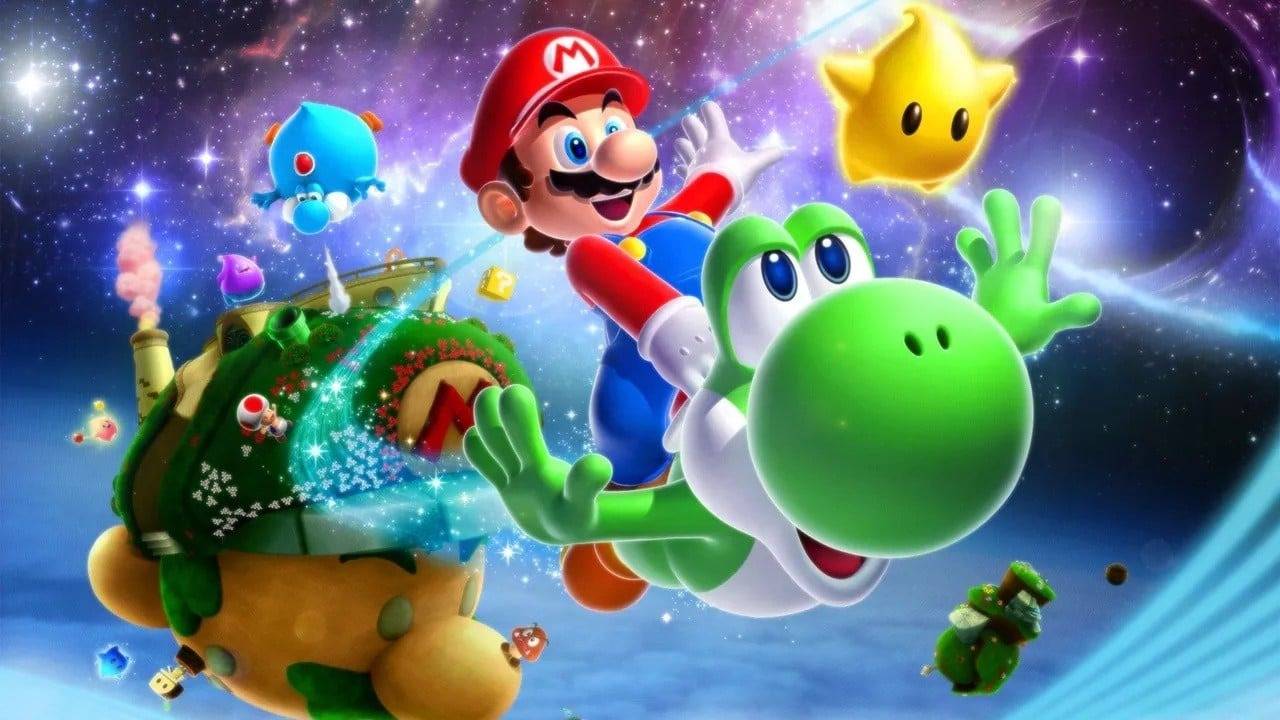 Nintendo’s recent reveal of Super Mario Galaxy 1 & 2 for the Nintendo Switch 2 was meant to be a moment of celebration. The legendary 3D platformers, widely considered two of the greatest games ever made, are coming to modern hardware with a promised bump to 4K resolution on the new console. However, this excitement has quickly soured as a vocal segment of the fanbase is now arguing that the new versions, despite their technical upgrades, actually look “worse” than the originals. The controversy, which has set the internet ablaze, stems from a series of side-by-side comparisons that suggest some of the games’ visual details have been lost in translation.
Nintendo’s recent reveal of Super Mario Galaxy 1 & 2 for the Nintendo Switch 2 was meant to be a moment of celebration. The legendary 3D platformers, widely considered two of the greatest games ever made, are coming to modern hardware with a promised bump to 4K resolution on the new console. However, this excitement has quickly soured as a vocal segment of the fanbase is now arguing that the new versions, despite their technical upgrades, actually look “worse” than the originals. The controversy, which has set the internet ablaze, stems from a series of side-by-side comparisons that suggest some of the games’ visual details have been lost in translation.
The core of the issue revolves around texture quality and art direction. While the new ports undoubtedly feature a higher resolution, a few key visual elements appear to be either missing or significantly downgraded. For example, in a comparison of the Boulder Bowl Galaxy from Super Mario Galaxy 2, a metal bridge that had intricate, defined detailing in the Wii version looks flat and washed out in the new Switch 2 footage. Other comparisons show that the game’s stone and grass textures, which had a subtle sense of detail in the original, now appear simplified and a bit blurry. The contrast is baffling to many fans. How can a game with a higher resolution and more powerful hardware have textures that look less detailed than its 2007 counterpart? This is a question that has led to a flurry of speculation, with some players theorizing that Nintendo used an AI upscaling tool that failed to properly replicate the original assets. Others have suggested that the developers may have intentionally simplified some textures to create a cleaner aesthetic.
 The Price of Nostalgia and the Value of a Port
The Price of Nostalgia and the Value of a Port
The visual complaints are compounded by the game’s steep price tag. At $70 for the bundle (or $40 each), many fans feel that a simple port, even with a resolution bump and a few minor quality-of-life updates, is not worth the cost. The sentiment is particularly strong given that the first Super Mario Galaxy was already included in the Super Mario 3D All-Stars collection, which retailed for $60 and also included Super Mario 64 and Super Mario Sunshine. For players who bought that limited-run collection, this feels like an overpriced “double-dip” with an unexpected graphical trade-off. While the new release does include both games, amiibo support, an assist mode, and additional chapters for Rosalina’s storybook, the core of the experience remains largely unchanged. Many argue that if these games are not full-blown remasters, with completely redone assets, they should be priced closer to a standard remake, or even be offered as a free upgrade for those who purchased the original 3D All-Stars collection. This is a common and recurring issue in the modern gaming landscape, where the line between a port, a remaster, and a remake has become increasingly blurry.
 What’s Next for the Galaxy Ports?
What’s Next for the Galaxy Ports?
The good news is that Nintendo has a history of addressing fan concerns. A similar situation arose with the launch of Super Mario 3D All-Stars, where a number of minor graphical glitches and performance issues were fixed with post-launch patches. There’s a chance that the footage shown in the trailers is from an early build and that the final versions will have these visual inconsistencies resolved. However, the current state of affairs is a major point of frustration for a community that has been eagerly awaiting the return of these games. The current situation is a cautionary tale of how a lack of communication and an undercooked content strategy can sour the goodwill of even the most dedicated fanbase. For a company that has built its reputation on delivering polished, high-quality experiences, the launch of Super Mario Galaxy 1 & 2 is shaping up to be a moment of controversy rather than celebration.






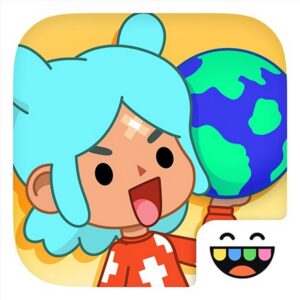
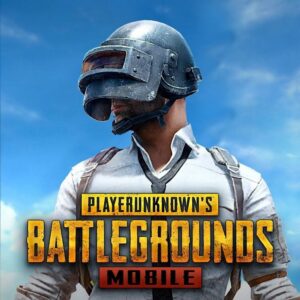



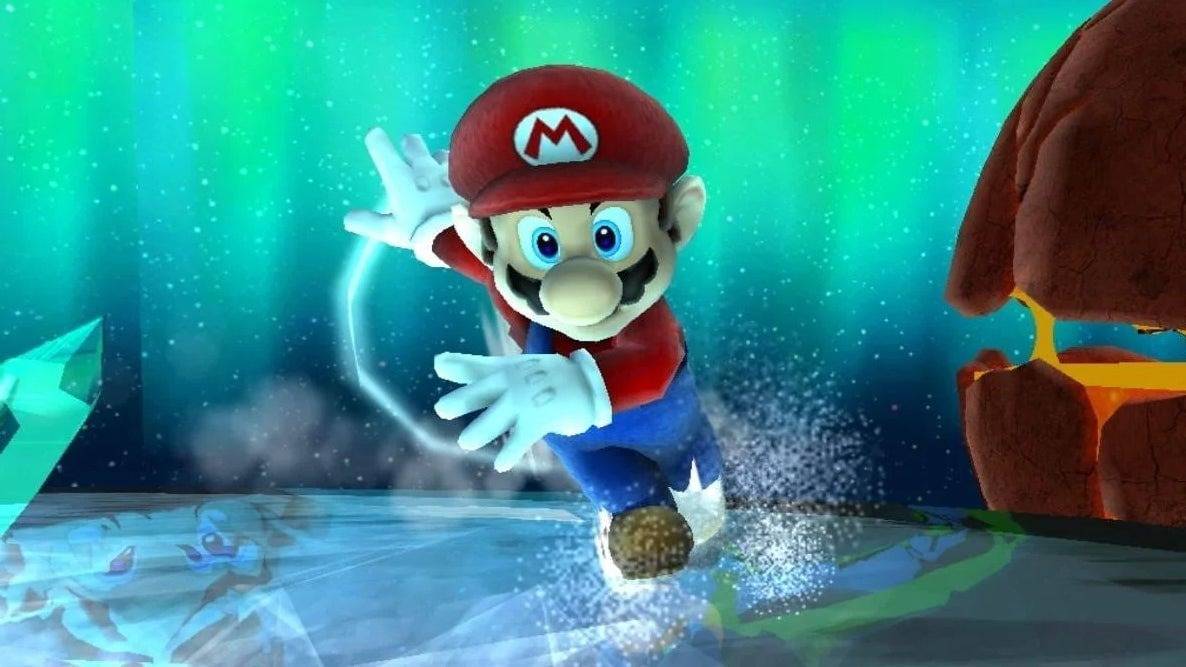 The Price of Nostalgia and the Value of a Port
The Price of Nostalgia and the Value of a Port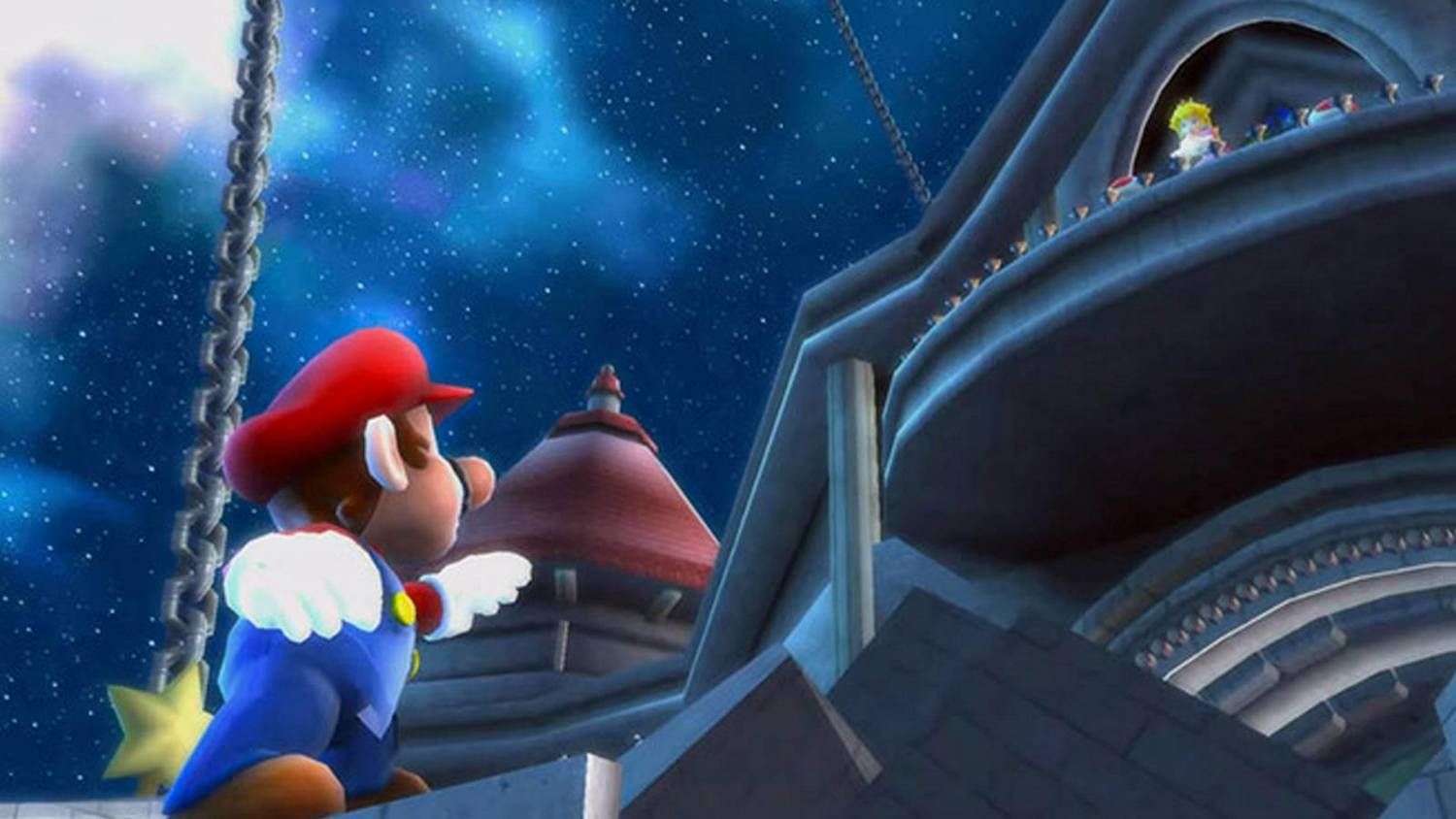 What’s Next for the Galaxy Ports?
What’s Next for the Galaxy Ports?